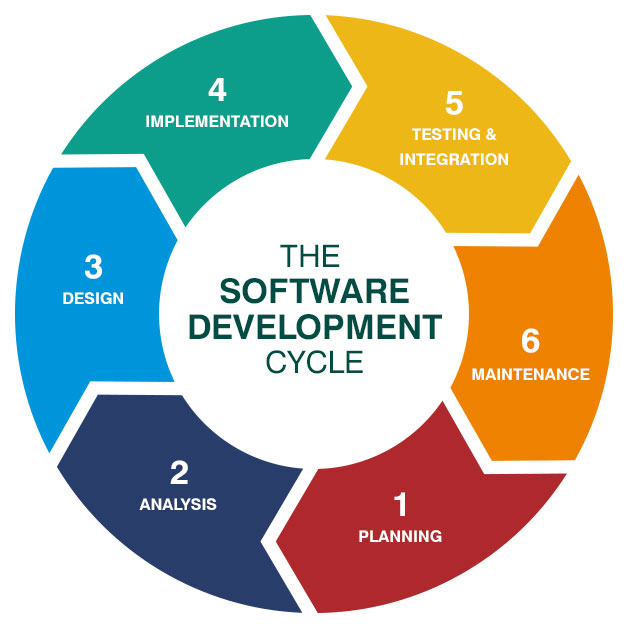Development Cycle
What is Development Cycle?
Definition
The development cycle, also known as the software development life cycle (SDLC), refers to the systematic process of planning, creating, testing, deploying, and maintaining software or applications. It outlines the steps and stages involved in the development process, ensuring a structured and organized approach to building highquality software that meets user requirements and business goals.
Analogy:
Consider the development cycle as the journey of constructing a car. Just as designing, manufacturing, testing, and refining are essential steps in creating a functional and reliable vehicle, the development cycle involves planning, coding, testing, and refining software to ensure it meets the desired specifications and functions effectively.
Further Description:
The development cycle typically includes the following key stages:
- Planning:
- Define project goals, scope, and requirements.
- Identify resources, timelines, and potential risks.
- Create a detailed project plan outlining tasks and milestones.
- Analysis:
- Conduct a thorough analysis of user needs and system requirements.
- Define the functionality and features of the software.
- Identify potential challenges and constraints.
- Design:
- Develop a detailed system architecture and design based on requirements.
- Create prototypes or mockups for user interface (UI) and user experience (UX).
- Define data structures, algorithms, and overall system structure.
- Implementation:
- Write and execute the actual code following the design specifications.
- Collaborate with team members to ensure code consistency and quality.
- Use version control systems to track changes and manage collaboration.
- Testing:
- Perform various testing types, including unit testing, integration testing, and system testing.
- Identify and fix bugs and issues.
- Ensure that the software meets quality standards and works as intended.
- Deployment:
- Release the software to production or make it available to users.
- Monitor the deployment process to address any issues that may arise.
- Provide necessary documentation and support for end users.
- Maintenance:
- Address and fix post-deployment issues.
- Implement updates, patches, and improvements.
- Monitor performance and user feedback for ongoing optimization.
Why is the Development Cycle Important?
Structured Approach: The development cycle provides a systematic and structured approach to software creation, reducing the likelihood of errors and enhancing overall efficiency.
Risk Management: By identifying and addressing potential challenges early in the process, the development cycle helps manage risks effectively.
Quality Assurance: Rigorous testing and refinement during the development cycle ensure that the software meets quality standards and performs reliably.
Client Satisfaction: Following a well-defined development cycle increases the likelihood of delivering a product that aligns with client expectations and user needs.
Efficient Resource Utilization: The development cycle helps allocate resources efficiently by defining tasks, timelines, and responsibilities, minimizing the risk of delays or budget overruns.
Examples and Usage:
Agile Development: The Agile development cycle emphasizes iterative development, collaboration, and flexibility, allowing teams to respond to changing requirements quickly.
Waterfall Development: The Waterfall model follows a sequential approach, with each phase completed before moving on to the next. It is a traditional but less flexible development cycle.
DevOps Practices: DevOps integrates development and operations, promoting collaboration and automation throughout the entire development cycle for continuous delivery and improvement.
Key Takeaways:
- The development cycle involves stages such as planning, analysis, design, implementation, testing, deployment, and maintenance.
- It provides a structured approach to software development, ensuring efficiency, quality, and risk management.
- Various development methodologies, such as Agile and Waterfall, offer different approaches to the development cycle.
- Continuous improvement and adaptation are crucial for successful development cycles, with DevOps practices exemplifying this approach.





